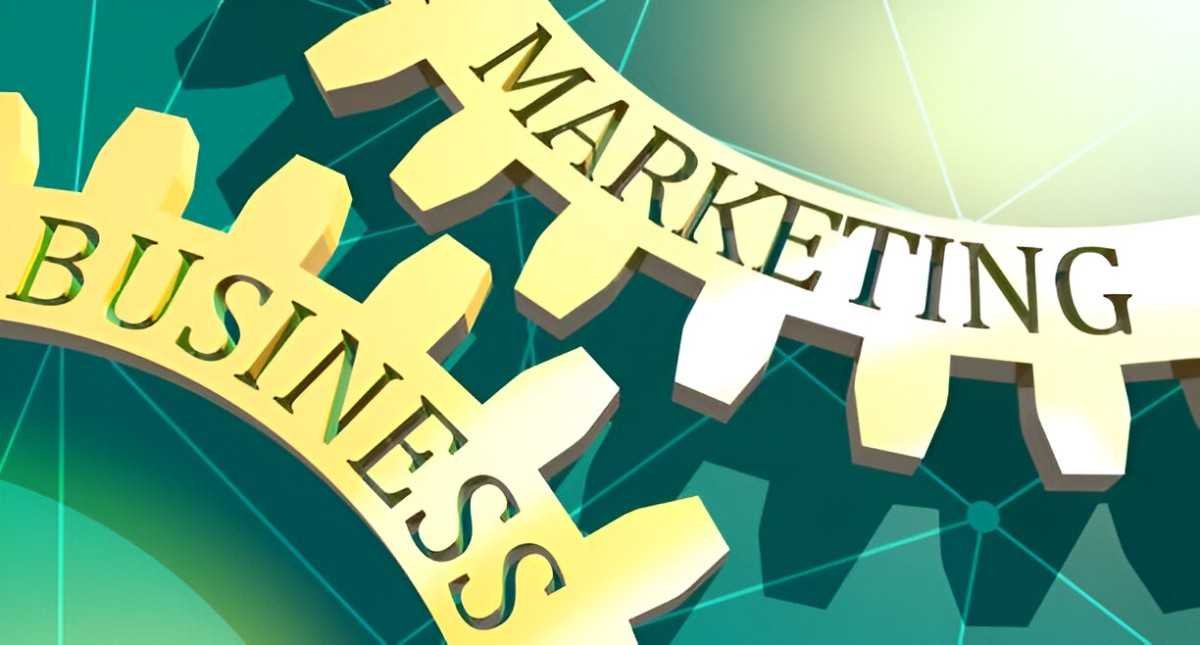Marketing intermediaries play a crucial role in connecting producers with consumers. Without them, the modern supply chain would struggle to function efficiently. In this guide, I explore the different types of intermediaries, their economic significance, and how businesses can leverage them for growth. Whether you’re a startup or an established firm, understanding these middlemen can help streamline distribution, reduce costs, and enhance market reach.
Table of Contents
What Are Marketing Intermediaries?
Marketing intermediaries, also called middlemen, bridge the gap between manufacturers and end-users. They include wholesalers, retailers, agents, brokers, and distributors. These entities add value by performing functions like bulk-breaking, storage, transportation, and customer service.
Consider a simple transaction: A farmer grows apples, but selling them directly to every consumer is impractical. Instead, the farmer sells to a wholesaler, who then supplies retailers. The retailers finally sell to customers. Each intermediary adds a markup but also reduces logistical burdens.
The Economic Rationale Behind Intermediaries
From an economic standpoint, intermediaries exist because they lower transaction costs. The transaction cost theory, proposed by economist Ronald Coase, explains why firms outsource distribution rather than handling it internally. The formula for total distribution cost (TDC) can be expressed as:
TDC = P \times Q + L \times D + S \times WWhere:
- P = Production cost per unit
- Q = Quantity produced
- L = Logistics cost per mile
- D = Distance to market
- S = Storage cost per unit
- W = Warehousing duration
By consolidating shipments and leveraging economies of scale, intermediaries reduce L \times D and S \times W.
Types of Marketing Intermediaries
Different intermediaries serve distinct purposes. Below is a comparison of the most common types:
| Intermediary Type | Primary Role | Example |
|---|---|---|
| Wholesalers | Buy in bulk from producers, sell smaller quantities to retailers | Sysco (food distribution) |
| Retailers | Sell directly to consumers | Walmart, Target |
| Agents/Brokers | Facilitate transactions without taking ownership | Real estate agents |
| Distributors | Specialize in specific industries (e.g., tech, pharmaceuticals) | Tech Data (IT products) |
Wholesalers vs. Retailers: A Closer Look
Wholesalers operate on a business-to-business (B2B) model, while retailers engage in business-to-consumer (B2C) sales. The key difference lies in volume and pricing.
For example, if a manufacturer sells shoes at \$20 per pair to a wholesaler, the wholesaler may sell them to retailers at \$30, and retailers then price them at \$50 for consumers. The markup covers handling, storage, and profit margins.
The Value-Added Functions of Intermediaries
Intermediaries don’t just move products—they enhance efficiency in several ways:
- Bulk-Breaking – Buying large quantities and dividing them into smaller lots.
- Risk Absorption – Holding inventory reduces stockout risks for manufacturers.
- Market Information – Providing feedback on consumer preferences.
- Financing – Paying manufacturers upfront, easing cash flow constraints.
Case Study: Amazon as an Intermediary
Amazon operates both as a retailer and a marketplace intermediary. By offering Fulfillment by Amazon (FBA), it handles storage, shipping, and customer service for third-party sellers. The cost structure for a seller using FBA can be modeled as:
Total\ Cost = Product\ Cost + FBA\ Fees + Marketing\ ExpensesFor a product costing \$10 with FBA fees of \$5 and marketing at \$3, the break-even price would be:
Break\text{-}Even\ Price = 10 + 5 + 3 = \$18Sellers must price above \$18 to profit, demonstrating how intermediaries influence pricing strategies.
Challenges of Working with Intermediaries
While intermediaries offer advantages, they also introduce complexities:
- Margin Pressures – Each intermediary takes a cut, reducing producer profits.
- Loss of Control – Manufacturers may have limited influence over branding and customer experience.
- Channel Conflicts – Disputes may arise over pricing and territory exclusivity.
Mitigating Risks
To manage these challenges, businesses should:
- Negotiate clear contracts – Define roles, margins, and performance metrics.
- Use hybrid distribution – Combine direct and intermediary channels.
- Leverage technology – ERP systems can improve coordination.
The Future of Marketing Intermediaries
E-commerce and AI are reshaping intermediaries. Dropshipping, for instance, eliminates the need for holding inventory. Meanwhile, blockchain could enhance transparency in supply chains.
Key Trends to Watch
- Direct-to-Consumer (DTC) Growth – Brands like Warby Parker bypass traditional retailers.
- Automation in Logistics – AI-driven warehousing reduces dependency on human intermediaries.
- Sustainability Demands – Consumers prefer intermediaries with green logistics.
Final Thoughts
Marketing intermediaries remain indispensable in modern commerce. By understanding their functions, costs, and evolving roles, businesses can make informed decisions on distribution strategies. Whether you choose to work with wholesalers, retailers, or digital platforms, the key lies in balancing cost efficiency with customer reach.





